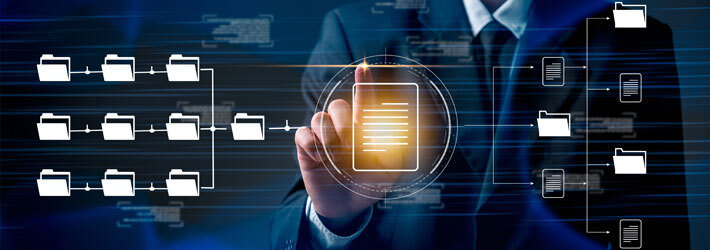
In 2025, ransomware has evolved to such an extent that cyber criminals determine interesting ways… Read More

2024 was a particularly prolific year for cyberattacks. At the time of writing, ransomware attacks… Read More

Active Directory is the home of your credentials, permissions, and the company’s sensitive data. When… Read More

Ransomware has grown from a nuisance to one of the most feared cybersecurity threats in… Read More

The rise of ransomware attacks on Microsoft 365 has become a significant concern, driven by… Read More

It’s no secret that ransomware attacks can cause significant damage, and while it is essential… Read More

